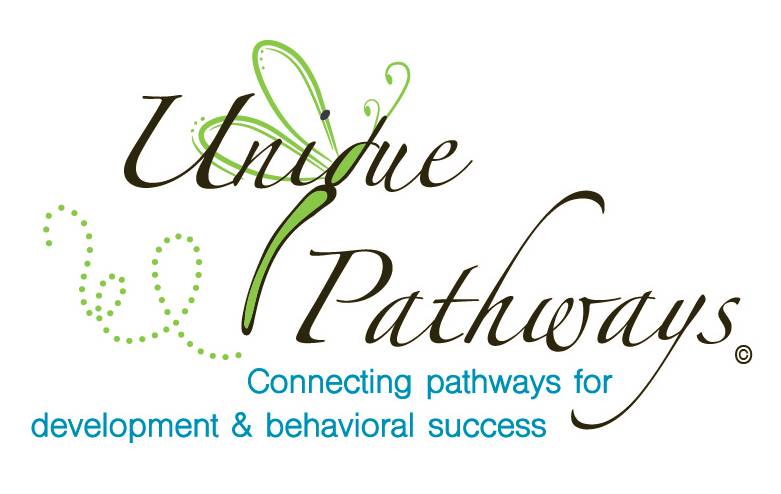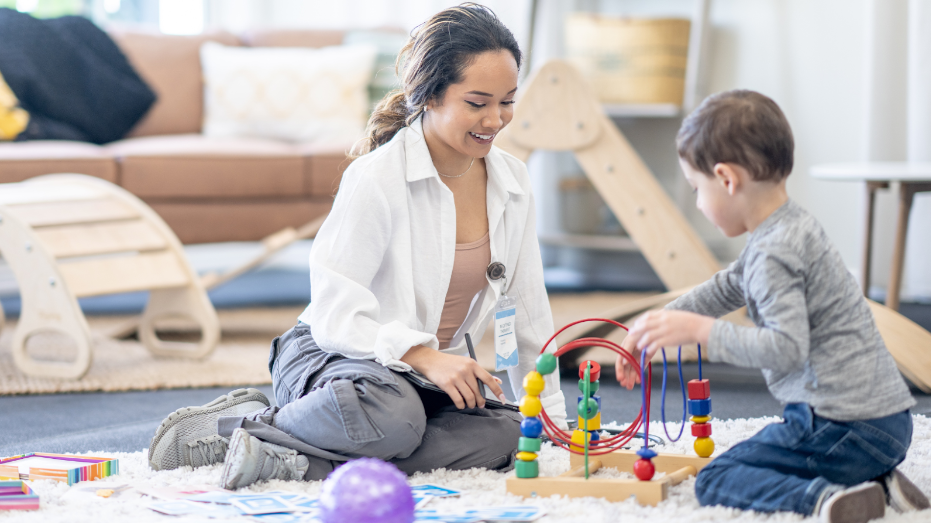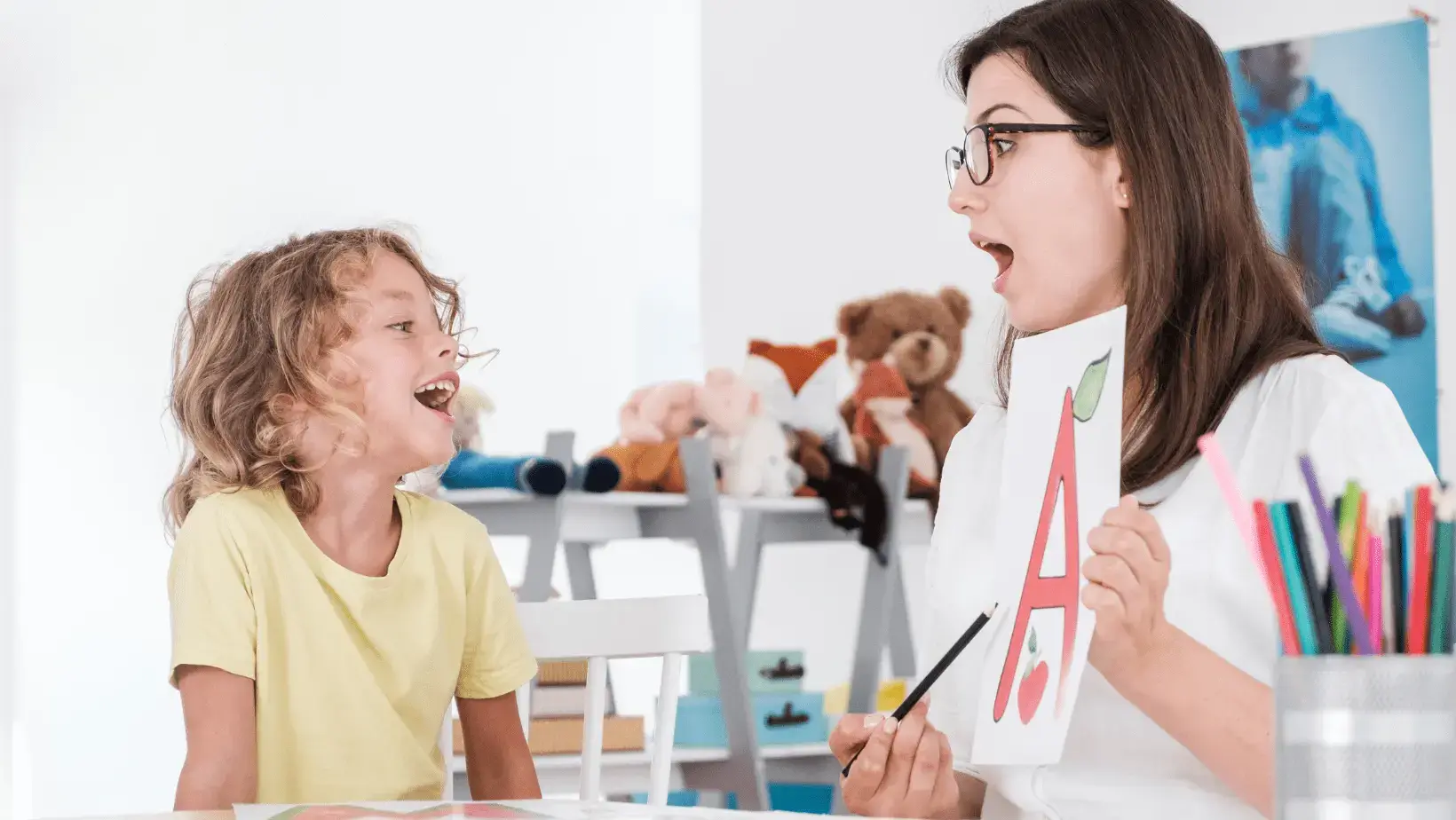When it comes to navigating the world of speech therapy, mastering expressive language goals emerges as a beacon of hope for many individuals facing communication challenges.
Imagine expressive language as the bridge that connects our inner world of thoughts and feelings with the outside world. It’s how we share our ideas, express our needs, and engage with stories and conversations. Yet, for many individuals, building this bridge comes with its set of challenges. That’s where the expertise and guidance of speech-language pathologists come into play, offering strategies and support to those navigating the complexities of expressive communication.
Understanding expressive language difficulties and its pivotal role in human connection underscores the importance of addressing any challenges head-on. Through a tailored approach that includes setting personalized speech therapy goals, individuals can overcome obstacles to expressive communication, paving the way for more meaningful interactions and a richer engagement with the world around them.
Assessment of Expressive Language Skills
The initial step in speech therapy involves a thorough evaluation of language development. A speech language pathologist assesses not just the spoken words but also the ability to form grammatical sentences, use descriptive language skills, and understand and produce figurative language. This comprehensive approach helps in identifying both strengths and areas that require support.
Identifying specific areas of need allows for the creation of a strategic plan tailored to address the unique challenges faced by each person. Whether it’s grappling with simple or complex sentences, enhancing descriptive language skills, or mastering the use of age-appropriate vocabulary words, a thorough assessment lays the groundwork for setting achievable and impactful expressive language goals in speech therapy.
Setting Expressive Language Goals
Drafting speech therapy goals is an art and science, requiring a delicate balance of ambition and attainability. SMART goal setting—specific, measurable, achievable, relevant, and time-bound—serves as the cornerstone of effective speech therapy planning. By embracing this approach, speech therapists ensure that each goal is precisely aligned with an individual’s needs, offering a clear pathway to success.
Tailoring goals to cater to the distinct requirements of each person means considering various factors, such as the ability to produce grammatical sentences, the understanding and use of figurative language, use of age appropriate phonemes and the development of non-verbal communication skills.
For instance, an expressive language goal might focus on achieving 80% accuracy in using correct subject-verb agreement within complex sentences or enhancing conversational skills to include appropriate eye contact and body language.
Building Vocabulary and Word Retrieval Skills
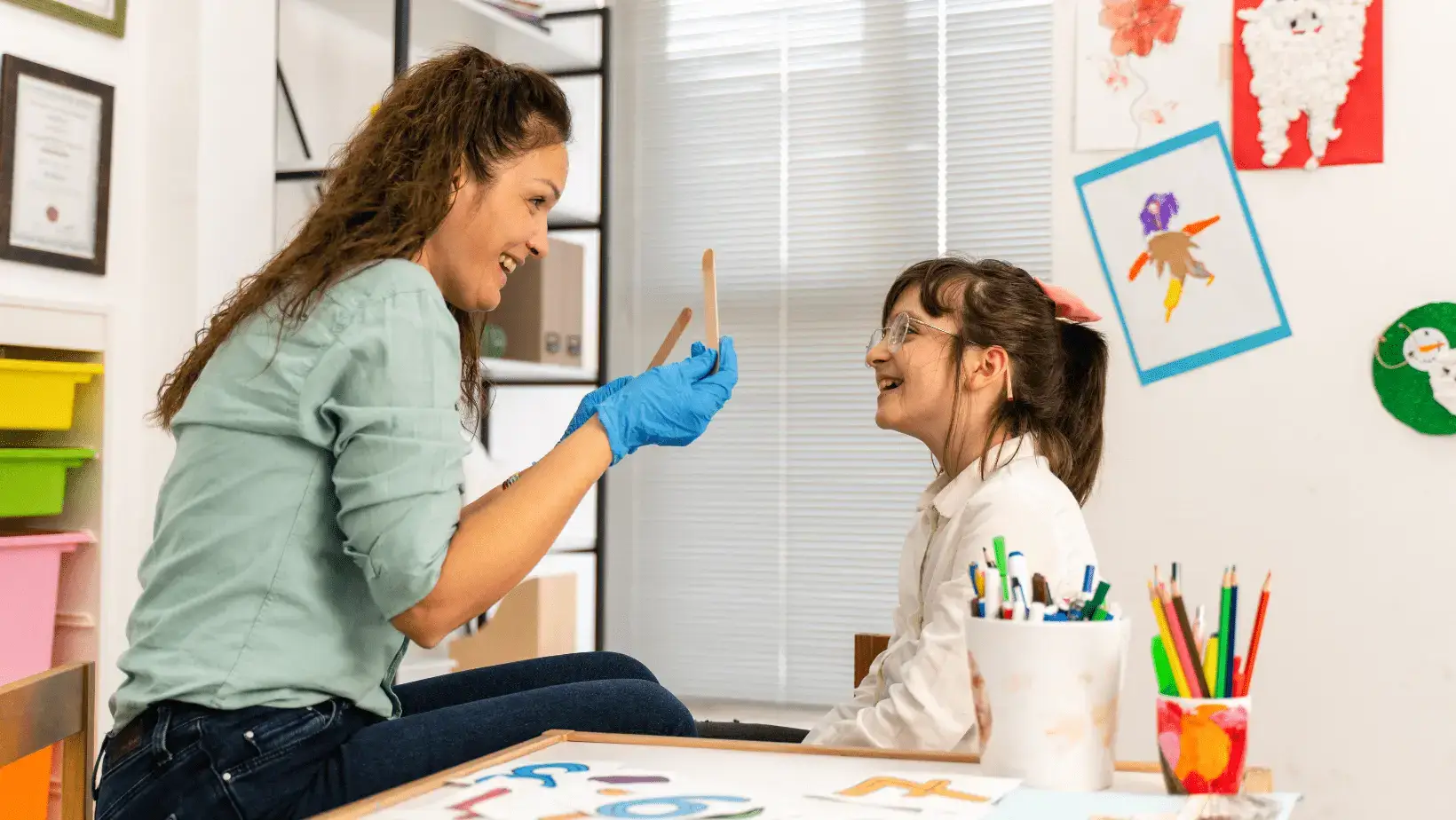
A rich vocabulary and swift word retrieval are the foundation of expressive language, empowering individuals to communicate their thoughts and needs effectively. Speech therapy offers a suite of structured language activities and techniques tailored to enrich one’s vocabulary and enhance the ease with which words can be recalled.
Strategies for Enhancing Vocabulary
-
Engaging in Structured Activities: A speech therapist might use a themed treasure hunt where each clue leads to an object or picture representing core vocabulary words. This interactive approach not only introduces new terms but also embeds them in memorable contexts.
-
Utilizing Visual Cues: Visual aids such as flashcards or apps that pair words with vivid images can help solidify the link between the word and its meaning. For instance, showing a picture of an animal while explaining the word encourages a deeper, more intuitive understanding.
-
Exposure to a Variety of Contexts: Incorporating new vocabulary words into different activities throughout the day, from storytelling to cooking, can enhance understanding and retention by showing how these words fit into various aspects of daily life.
Techniques for Improving Word Retrieval
-
Practicing with Word Phrases: Use exercises that focus on word phrases, especially those with multiple meanings, to enhance flexibility and precision in word retrieval.
-
Employing Fluency Shaping Techniques: Techniques such as slow speech practice, where the individual is encouraged to speak at a slower pace to reduce pressure and improve clarity, can aid in smoother word retrieval.
-
Repetition and Reinforcement: Repeating new words through various exercises, like writing them in sentences, using them in conversation, or identifying them in books, reinforces memory and facilitates easier recall.
-
Semantic Mapping: Creating a visual map that links related words together, such as drawing a map that connects “volcano” with words like “lava,” “eruption,” “mountain,” and “ash,” can enhance vocabulary knowledge by establishing clear semantic relationships.
Enhancing Sentence Structure and Grammar
When it comes to building sentences, think of it like playing with LEGO blocks. You start with the basics, and then add more pieces to make something amazing.
For kids, learning how to put their ideas into sentences that make sense is a big step in expressing themselves. It’s like going from a simple “I like dogs” to “I really like big, fluffy dogs because they’re so cuddly!” Activities that encourage this kind of growth can be fun, like sentence-building games or mixing and matching word cards to create the silliest, yet grammatically correct, sentences.
Developing Narrative Skills
Now, let’s talk about storytelling – everyone loves a good tale, especially kids! Developing narrative skills is like learning to weave a captivating spell with words, leading listeners through worlds of imagination.
In therapy, this might look like using picture books to inspire them to tell their own stories or arranging a series of images and asking them to invent a story that links them all together. These activities not only make storytelling fun but also teach how to organize their thoughts and use appropriate sequencing like “first,” “next,” and “finally.”
Improving Social Communication Skills
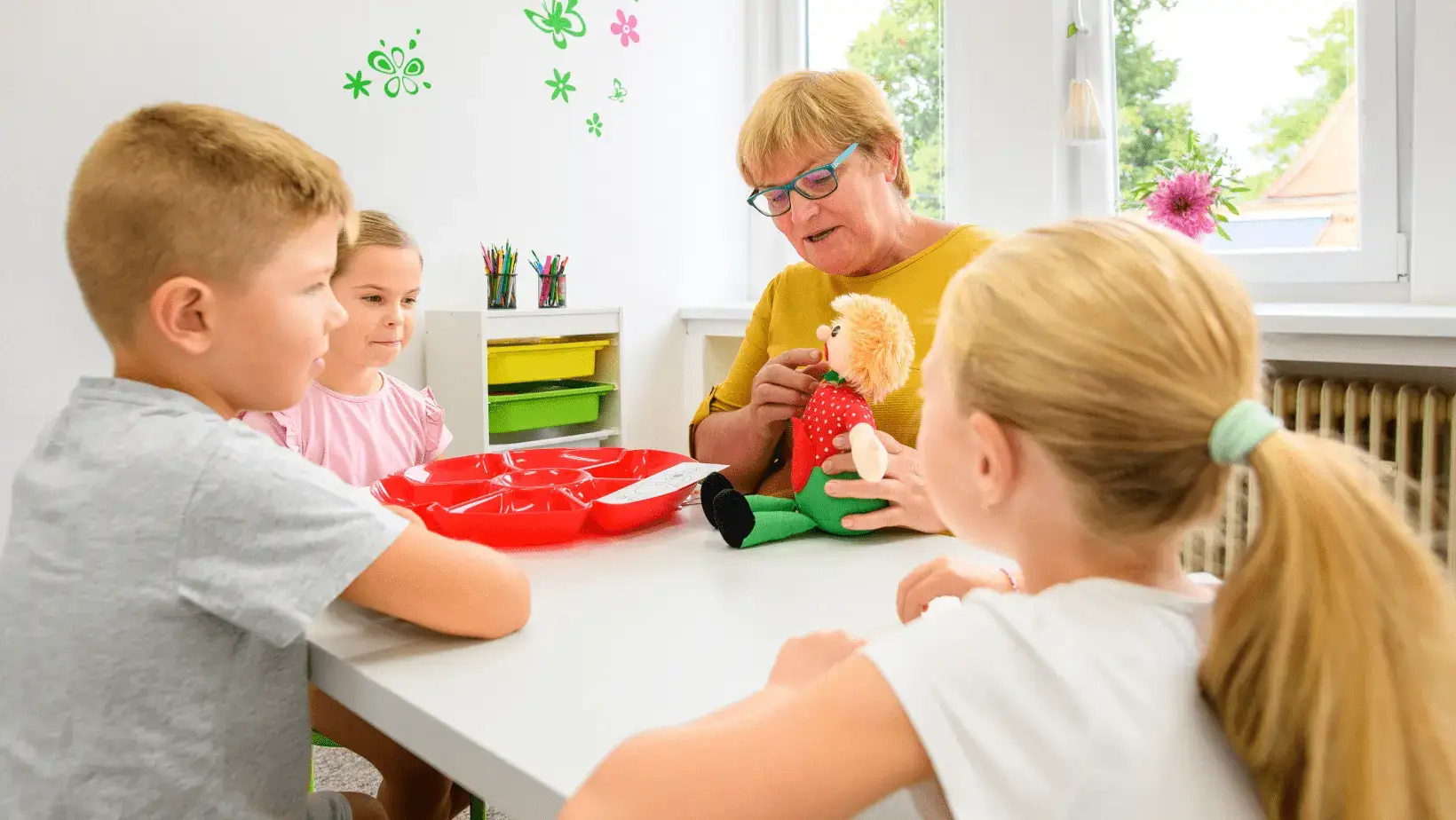
Think about stepping into someone else’s shoes and seeing the world from their perspective. That’s a bit of what role-playing social scenarios are like. It’s a chance for them to practice what to say and do in different situations, from sharing toys to asking for help. This kind of play-acting helps kids learn the give-and-take of conversations, like waiting for their turn to speak and listening when it’s someone else’s turn.
Start by practicing common social situations, like how to start a conversation, join in a game, or say “please” and “thank you.” It’s like rehearsing for a play where everyone gets a part and learns their lines.
Another big part of chatting it up with others is learning the dance of conversation. Facilitating conversational turn-taking can be as simple as setting up a game where each person gets a turn to add to the story, encouraging kids to listen and then contribute, keeping the conversation ball bouncing back and forth smoothly.
Promoting Pragmatic Language Use
Using language appropriately across different situations is a bit like choosing the right outfit. Teaching contextual language use helps kids understand how to match their words to the situation, like knowing when to use a quiet voice inside and when it’s okay to be louder outdoors.
A big part of getting along with others is picking up on social cues, like facial expressions and body language. Emphasizing the interpretation of these cues can turn kids into social wizards, adept at reading the room and responding in ways that keep conversations friendly and engaging. Whether it’s understanding a friend’s sad face and offering comfort or catching a playful wink and winking back, mastering social cues is key to becoming a communication champ.
Fostering Expressive Language in Different Settings
Every place a child spends time can be a mini classroom, a chance to practice and grow their expressive language and improve sentence structure. Let’s talk about turning everyday spots into learning hotspots.
Classroom Strategies
A classroom where every corner, from the reading nook to the science lab, offers a chance to enhance language. Teachers can enhance the daily routine by encouraging students to describe their artwork in detail, teach classroom vocabulary, share stories about their weekend adventures, or predict the endings of the stories they read. Group discussions and presentations also give them a fantastic platform to practice speaking up and expressing their thoughts in front of others, building confidence along the way.
Home-Based Activities
Home is where the heart is, and it’s also where some of the best language learning can happen. Picture family game nights where storytelling games are the main attraction, or dinner table conversations that turn into mini-debates on why dessert should come before dinner. Activities like cooking together, where children are asked to read the recipe out loud and describe each step, not only teach them new words but also how to use these words in the right context.
Incorporating Technology in Expressive Language Therapy
Tech isn’t just for play; it’s a powerful ally in speech therapy, bringing a world of language-building opportunities to our fingertips.
Speech Apps and Tools
There are countless apps designed to make learning language fun. From apps that turn vocabulary building into a game to those that provide a platform for children to create their own stories using a mix of words and images, technology can make expressive language practice exciting and interactive.
Virtual Platforms for Practice
The digital world also offers virtual platforms where language skills with peers from around the globe can be practiced. Think about online book clubs or storytelling groups where people can share stories they’ve written, receive feedback, and listen to the creations of others, all in a supportive, moderated environment that champions learning through sharing.
Collaborating with Parents and Caregivers
In the world of speech therapy, parents and caregivers are invaluable members of the team. Keeping families in the loop on therapy goals and progress not only keeps everyone on the same page but also empowers parents to continue the language-building journey at home. Simple strategies, like sharing the highlights of a session or providing tips for language-rich activities, can make a big difference.
Equipping families with resources, from handouts with activity ideas to access to educational websites and apps, ensures that the language development journey doesn’t end when the therapy session does. Regular workshops or meetings can also offer parents the chance to learn alongside their children and understand more deeply how to support their growth.
Addressing Cultural and Linguistic Diversity
A kid-friendly therapy space is important where every story, activity, and example mirrors the rich cultural backgrounds of the children. Here, therapists are not just experts in speech and language but also in understanding and respecting the varied tapestries of family life, traditions, and values. This means learning about and integrating cultural nuances that influence communication styles, storytelling traditions, and even the role of non-verbal cues in conversation.
Adapting Techniques for Different Languages
Language is not just about words; it’s about identity, culture, and family. For those who navigate more than one language, therapy that respects and builds upon their multilingual abilities is key. This might look like using bilingual books in therapy, encouraging storytelling in a child’s home language, or even incorporating games and activities that celebrate linguistic diversity. By doing so, we’re not just teaching language skills; we’re affirming the value of every child’s linguistic heritage.
Monitoring Progress and Adjusting Goals
The journey through speech therapy is a winding path, filled with both expected achievements and surprising discoveries. Keeping a keen eye on progress and being ready to tweak goals ensures that every step forward is meaningful. Regular assessments and observations help chart this journey, providing clear markers of progress and areas needing a bit more attention. This ongoing monitoring acts as a compass, guiding the therapy process to ensure it remains responsive to each child’s evolving needs.
As children grow, their needs, interests, and challenges change. Maybe a goal that seemed just right a few months ago is now too easy, or perhaps a new area of difficulty has emerged. Regular check-ins with goals and readiness to adjust them ensure that therapy continues to be as effective and engaging as possible, tailored to the child’s current stage of language development.
Addressing Common Challenges and Roadblocks
No journey is without its challenges, but it’s how we navigate these challenges that shapes the path forward.
Overcoming Frustration and Resistance
It’s natural for kids and adults to feel frustrated or resistant at times, especially when progress feels slow or efforts seem unending. Strategies like breaking goals into smaller, more manageable steps or incorporating a child’s interests and passions into therapy can reignite motivation and reduce resistance.
Dealing with Plateaus in Progress
Sometimes, despite everyone’s best efforts, progress seems to stall. These plateaus can be disheartening, but they’re also an opportunity to reassess and refocus. Perhaps it’s time to introduce new strategies, revisit goals, or even just take a break and celebrate how far the child has come, reminding everyone that growth isn’t always a straight line.
Celebrating Achievements and Milestones
Every step forward, no matter how small, is a cause for celebration in the world of speech therapy. These moments of achievement fuel motivation and build confidence, illuminating the path ahead.
From verbal praise to a special sticker chart, positive reinforcement shines a spotlight on a child’s successes, making the hard work of therapy feel worthwhile. It’s about more than just rewards; it’s about building a foundation of self-esteem and a belief in one’s ability to overcome challenges.
In the busy day-to-day of therapy and life, it’s easy to overlook the small victories, but these are the heartbeats of progress. Celebrating these milestones, whether it’s successfully using a new word in conversation, demonstrate comprehension or navigating a social interaction with confidence, reminds children and their support teams of the power of persistence and the joy of achievement.
Summary: Key Takeaways from Expressive Language Goal Setting
Embarking on the journey of expressive language goal setting in speech therapy is a testament to the resilience and dedication of children, families, and therapists. This voyage is not just about mastering the mechanics of speech but about unlocking the full potential of each child’s ability to connect and communicate with the world around them.
Along this path, the importance of consistency and patience cannot be overstressed. It’s the steady, persistent effort and the willingness to celebrate each step forward that transform challenges into triumphs. As we navigate this journey together, let’s remember that every word, every sentence, and every conversation is a bridge to understanding, connection, and growth.
Unlock Your Child’s Potential and Explore our Speech Therapy Services!
